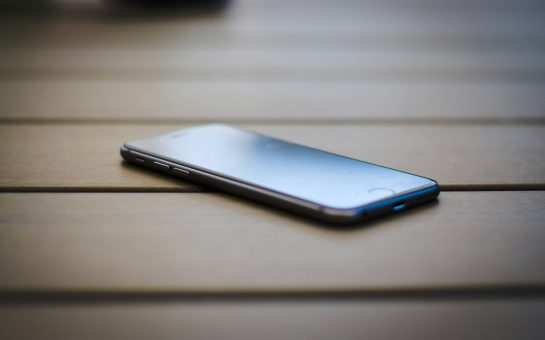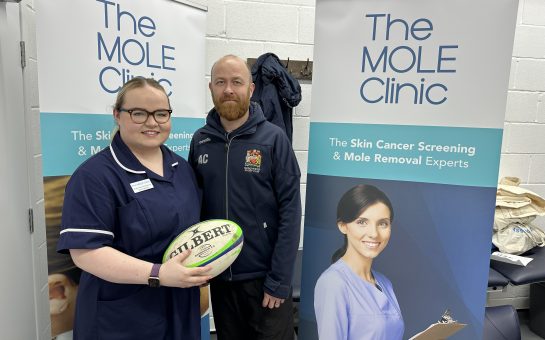Cancer fears over mobiles phones and power lines have been quashed by Manchester University professors – who have declared them ‘safe for humans’.
In the 1970s, research into magnetic fields created by phones and high-voltage power lines found an association between people living near overhead power lines and an increased risk of childhood leukaemia.
Even though later studies have failed to obtain similar results, the International Agency for Research on Cancer classify these low frequency magnetic fields as ‘possibly carcinogenic’, carrying the same risk as burnt toast in causing cancer.
However, new research carried out by the Manchester Institute of Biotechnology has ruled out the likelihood of them being one of the prime candidates in this association.
The research involved targeting weak magnetic fields (WMFs) towards certain human cells that are crucial to maintaining good health.
The cells in question are called ‘flavoproteins’ and are vital for healthy human function, such as the nervous system, the repairing of DNA and the biological clock.
After subjecting the flavoproteins to concentrated WMFs, the team of scientists observed no detectable impact had been made upon the cell.
Co-lead author of the research paper, Dr Alex Jones of The University of Manchester, said: “There is still some concern among the public about this potential link, which has been found in some studies into cases of childhood leukaemia.”
Dr Jones’ research attempts to settle this argument once and for all, and this study takes him once step closer to his goal.
He said: “This research suggests the correct conditions for biochemical effects of WMFs are likely to be rare in human biology.”
Dr Jones’ colleague and co-author on the paper, Professor Nigel Scrutton from the Faculty of Life Sciences, said: “This study definitively takes us nearer to the point where we can say that power lines, mobile phones and other similar devices are likely to be safe for humans.”
At the end of the report, Professor Scrutton admitted that ‘more work on other possible links will need to be done’ to address the study’s unanswered questions.
Image courtesy of Garry Knight, with thanks



